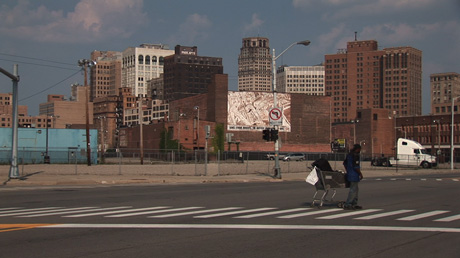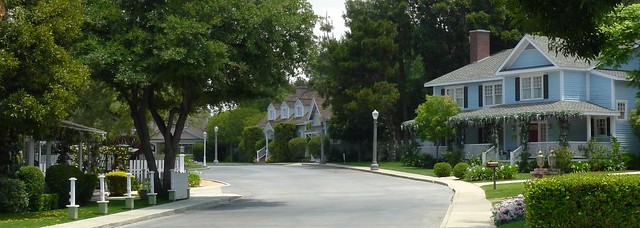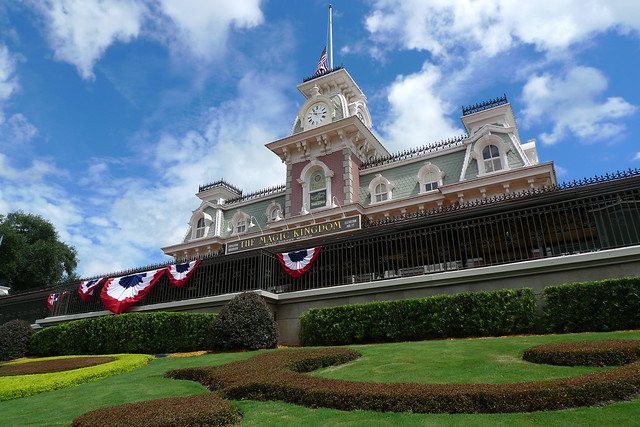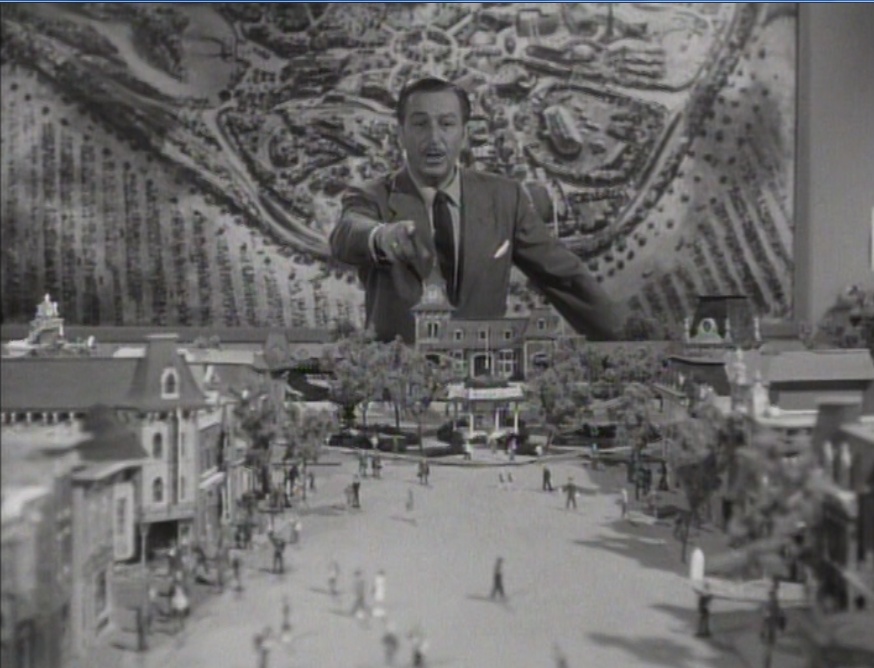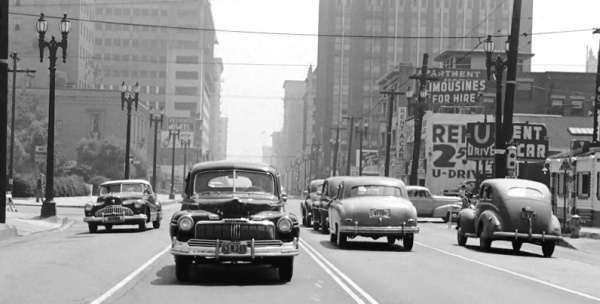
I wrote a couple of months back about the power of movies to preserve a record of cities as they used to be. In that post I included various pieces of footage of Melbourne, and one interesting thing was how recognisable the streets remained. There was no mistaking many locations – such as Princes Bridge, Elizabeth Street, and St Kilda Road – in footage as much as a century old. Despite everything that has gone on in the last century, Melbourne in the 1910s remains fundamentally recognisable. But how much can a city change?
That question was prompted by a video guaranteed to push both my film and planning nerd buttons: 1940s footage of Los Angeles recorded to be back-projection footage for a driving scene in an (unknown) movie project. This came to my attention via The Atlantic and UrbanPhoto blog’s twitter feed, and was originally posted in truly astounding quality by The Internet Archive (here). Below is a YouTube embed, but you can get even better quality on their page.
This footage is of Downtown L.A. and the nearby Bunker Hill district, and it gives some sense of just how profoundly Los Angeles has been transformed. In my previous post I alluded to the remarkable books by John Bengtson that reconstruct silent-film-era Los Angeles from the films of Buster Keaton, Charlie Chaplin, and Harold Lloyd; one thing you get from his work is an idea of just how different a kind of city Los Angeles was in the first part of the twentieth century. This footage reinforces that.
